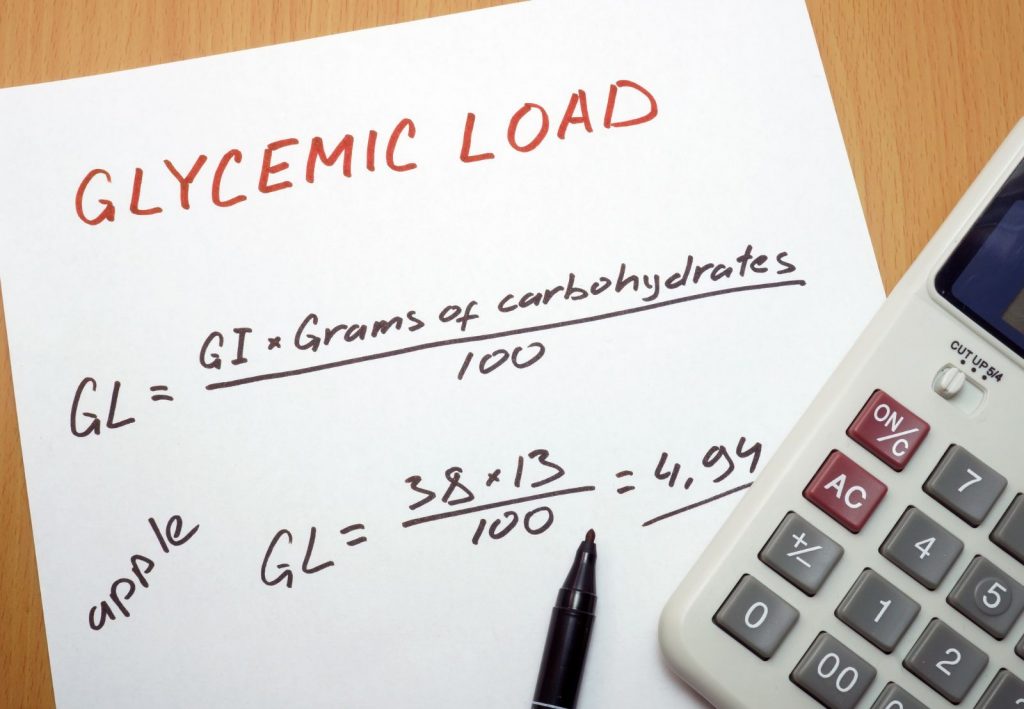Shilpa Joshi, RD February / 11 / 2019
As previously seen in an earlier article glycemic index is a double edged sword. You cannot completely disregard it and you cannot solely rely on it to categorize foods as healthy. Although the glycemic index exhibits the quality of carbohydrate of the food by predicting a rise in blood glucose after the consumption of the food, it does not take into account quantity of the food. This brings us to the concept of glycemic load.

Walter Willet of Harvard University pioneered the concept of glycemic load (1). Glycemic load is the outcome of the amount of available carbohydrates of the food in that serving and the glycemic index of the food (2). Glycemic load is calculated by multiplying the amount of carbohydrate contained in a specified serving size of the food by the glycemic index value of that food (with the use of glucose as the reference food), which was then divided by 100 (2).
Glycemic load= gram of carbohydrate per serve X Glycemic index
As a frame of reference, a GL higher than 20 is considered high, between 11 and 19 is considered moderate, and 10 or less is considered low.
In simple words, glycemic load is a way of expressing the impact of the carbohydrate consumed, taking the glycemic index into account. Needless to say, the higher the glycemic load, the greater the expected elevation in blood glucose(2). General health advice is to avoid high glycemic index foods because of their negative impact on health. Sometimes high glycemic index foods eaten in small quantity may produce low glycemic load. For example, watermelon has a high glycemic index (76), but the usual serving size of the watermelon which is 2 slices (approximately150gm) produces low glycemic load (3.8). This results in a mild rise in blood glucose.
Glycemic load is a very interesting concept, even foods having same glycemic index consumed in same quantity can produce different glycemic load. This is because of varying fibre, fat and protein content in food. For example glycemic load of 2 slices of (approx. 150gm) watermelon is 3.8 and 1 medium size (approx.150gm) of potato is 26. Though, they have a same glycemic index that is 76.
Scientific studies have shown that the chronic consumption of a diet with a high glycemic load and high glycemic index (carbohydrate content) is independently associated with an increased risk of developing type 2 diabetes, cardiovascular disease, and certain cancers (2). Recent studies suggest that food choices based on glycemic index and glycemic load might also protect against the development of Diabetes, metabolic syndrome, cardiovascular disease, obesity any other lifestyle diseases in healthy population(2). Therefore glycemic index and glycemic load values should be used as a guide to plan balance and healthy meals.
Reference
1. B srilashmi, Dietetics, seventh edition, New age international publishers.
2.Kaye Foster-Powell, Susanna HA Holt, and Janette C Brand-Miller,International table of glycemic index and glycemic load values :2002 Am J Clin Nutr 2002;76:5-56.
Co-authored by Apurva Kumbhakoni
